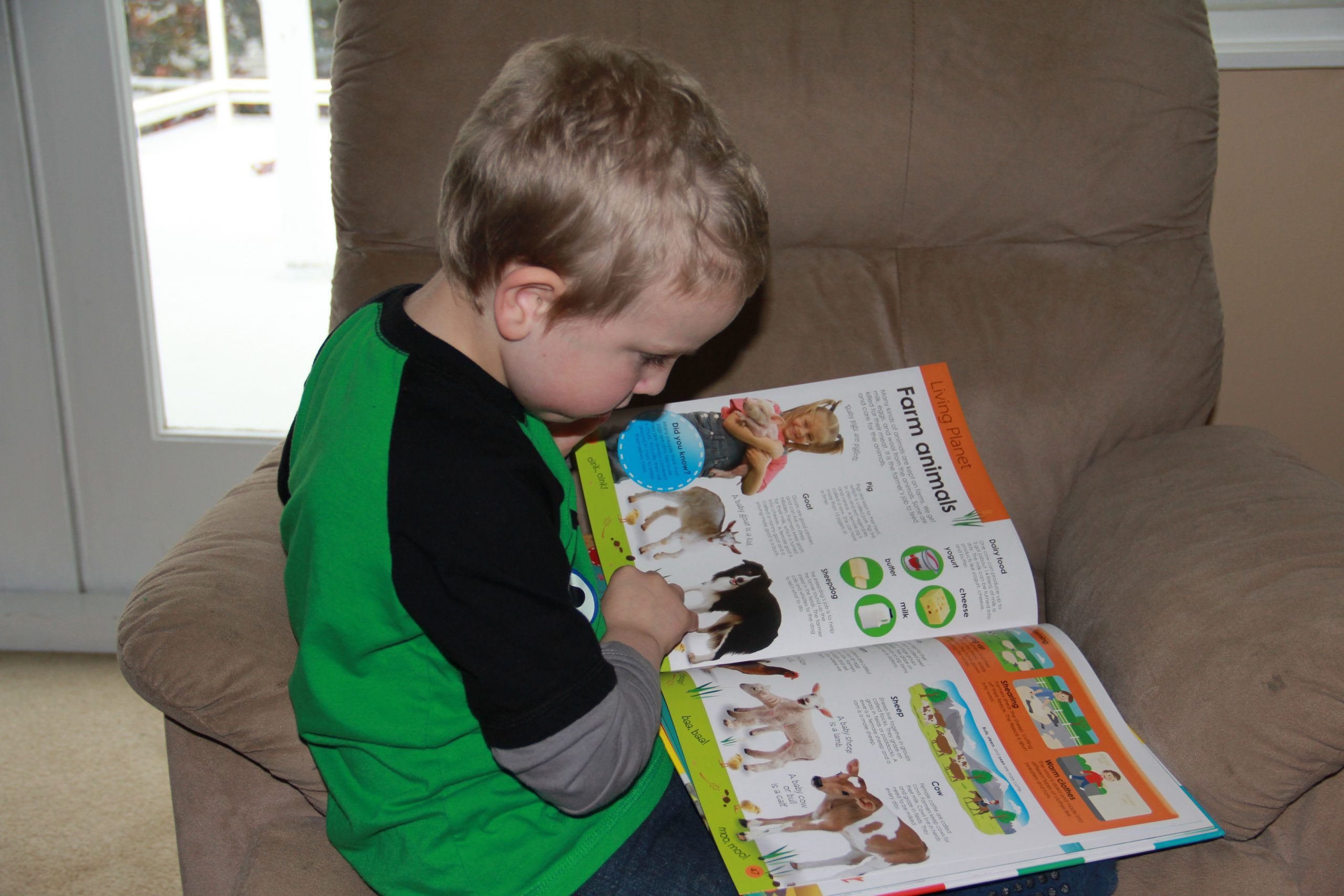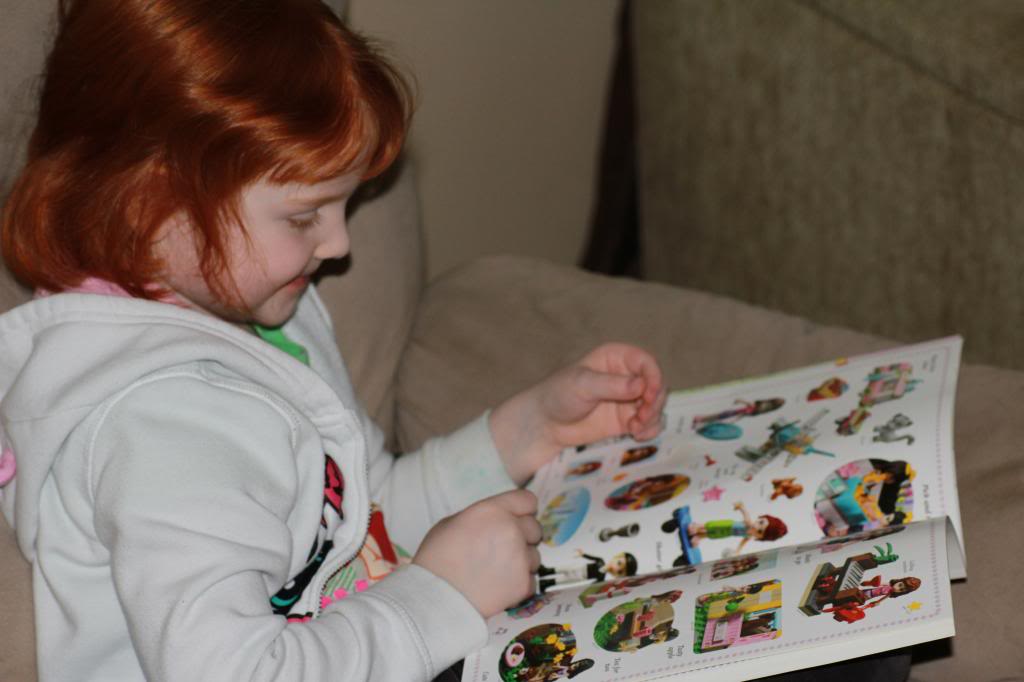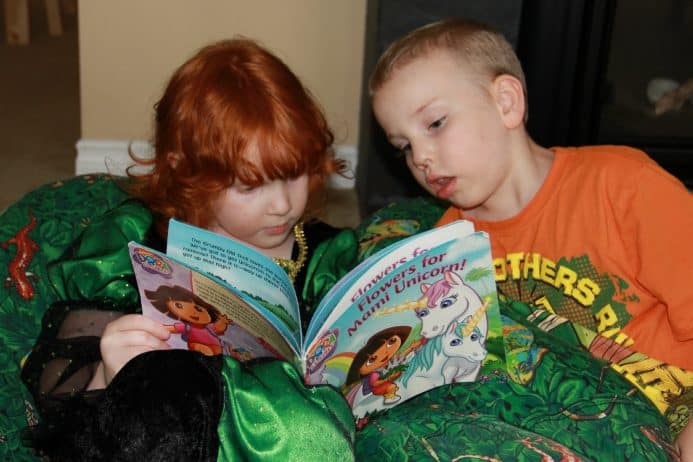Is your child just getting settled into first grade after a great year in kindergarten? Check out these winters break reading tips for parents of first graders.
#1. Bring books with you Make sure you bring books everywhere you go. If you’re headed to a family get together or even getting some fresh air at the park, bring a few books along. Great choices would be books that prompt exploration and discovery.
#2. Practice new sight words- One of the biggest reading tips for parents to help their first graders is to go over new sight words with them regularly. By the time they are comfortable in first grade, teaching your child a wider variety of words is the thing to work on next. Some frequently used words; kids will learn to recognise, which is why they are known as sight words. Here is a list of first-grade sight words most first graders should know by the end of their school year.
#3. Read whenever possible-A way to help your child to become a better reader is to read whenever possible. Driving and reading out the information on road signs or challenging your kiddo to read the packages at the grocery store are fabulous opportunities to learn.When your children are grown, they will need to read in various environments, so start the trend early. Road signs, labels on groceries, adverts on buses, words are all around us – make use of them!

#4. Encourage your child to re-read– Children really grasp sight words when they to re-read books. They could get really close to their favorite characters this winter and instead of your little ones watching re-runs on television, have them re-read their favorite books. No matter how many times you have read that copy of Curious George together, take a deep breath and read it together again!
#5. Encourage a reading center- It’s always more fun to read when your child has a special place to enjoy their books. Gather up some blankets or cushions, move some furniture and create a reading corner for your child. Ask your first grader to help with the decorations.
It doesn’t have to be elaborate – our 6-year-old had a cushion in a big cardboard box, drew pictures of her favourite book characters and cut out letter shapes from smaller boxes. This was the reading nook and made reading a more exciting individual activity.


#6. Patience is key- Although parents don’t mean to, it’s easy to hurry a child along when they are reading. Just remember, the key to successful reading for your child is having someone to read with them. Be patient during this process because it’s a vital one to their success in learning. I arranged a shelf roughly in order of the length of the stories. That way if we only had ten mins & Evey wanted to read to me, I would pick up a 5 min book and know that she wouldn’t be rushed.
#7. The right level of books- Having your child read books that are TOO hard can hurt their reading curve. Your little one should be picking out books that they enjoy reading, but that they can also READ. I have been particularly prone to having books that would ‘challenge’ them with our first three children. I soon discovered that they became despondent when they weren’t successful. Make sure they enjoy the pleasure of success!
#8. Read the old-fashioned way– Sure, it’s fun to read books on the computer and on those fancy e-readers, but encourage your child to read the old-fashioned way too. I’m sure you won’t argue with which way your child reads, but good old-fashioned books are still trendy and relevant. I feel there is nothing like the feeling of curling up on a chair or in a reading nook and opening up a book, and I want our children to enjoy that same pleasure.
#9. Make corrections but be gentle – It’s important for a first grader to learn the right way to say a word, but the way you correct them is significant Make sure you are polite and encouraging when correcting a reading child. When Evey reads aloud to me and mispronounces a word, I wait until she gets to the end of the sentence and say “That was really good” and repeat the sentence back to her, pointing at each word as I go and using the correct pronunciation. This way she always picks it up but never feels corrected or that she is ‘reading wrong.’
#10. Talking with your child- Having deep conversations with your first grader is a way to encourage reading on so many levels. If your child keeps asking you questions on a particular topic, say “it would be fun for us to research this together.” Head to the library to pick out some books on the subject at hand and start reading and talking. You could be surprised at how much you and your child learn during a process like this.
#11. Writing is important- There’s an old saying that says “writing and reading are married.” You can’t have writing without reading, and you can’t have reading without writing. Encourage your first grader to read this winter by helping them to write as much as possible. You can have them take a literary journey by writing about places they would like to visit. Alternatively, you can create a scrapbook together or a winter journal and don’t forget what a valuable opportunity ‘Thank You’ letters can be. Anyway, you can get your child to write is a good thing!
#12. Have fun—when you are on a journey this winter to help your child be the best reader possible, make sure you have a good time. You can have fun by making up silly stories, writing them out and taking turns reading them together.Stop to giggle, play in the snow, and enjoy your child’s ability to read and progress.
How do you keep your incoming first-grader reading over the summer? I would love to hear your tips.








